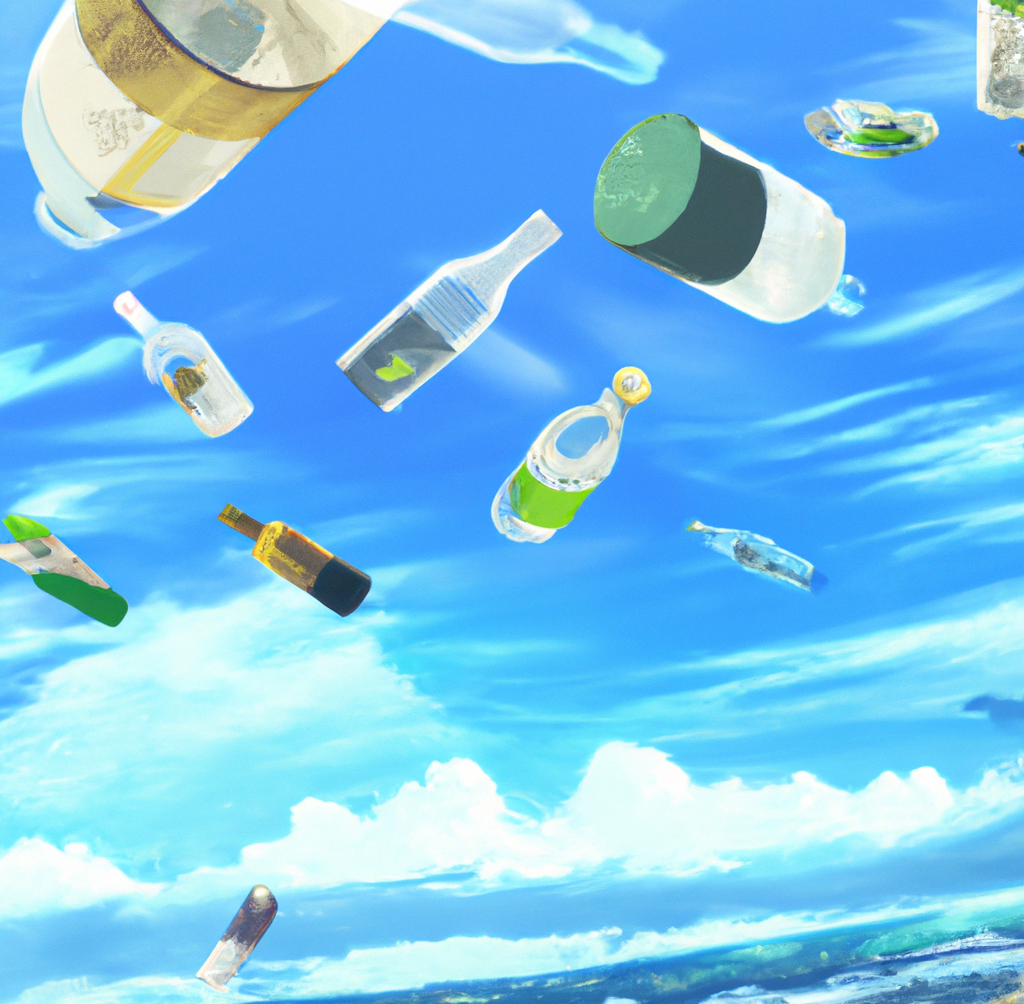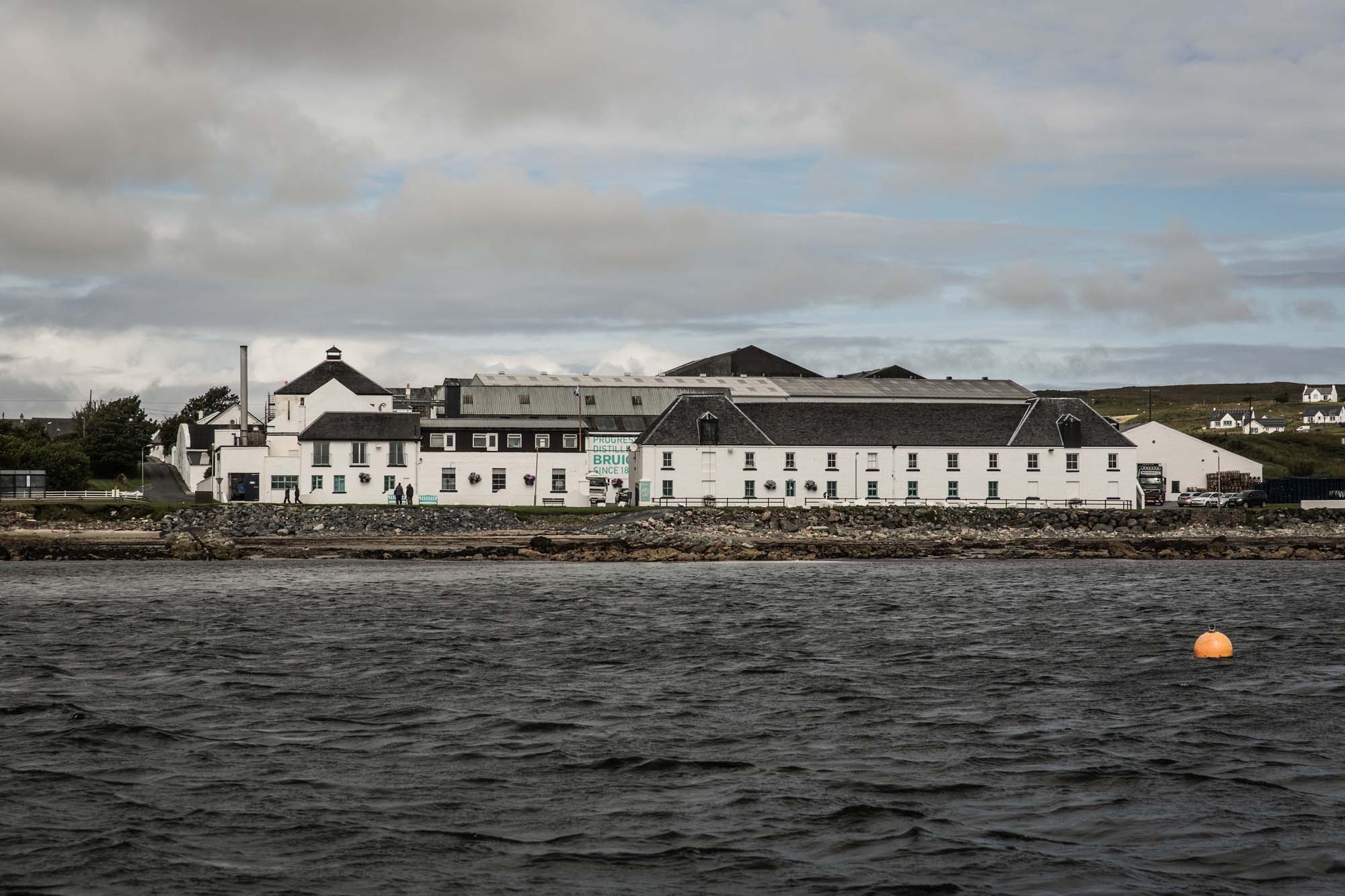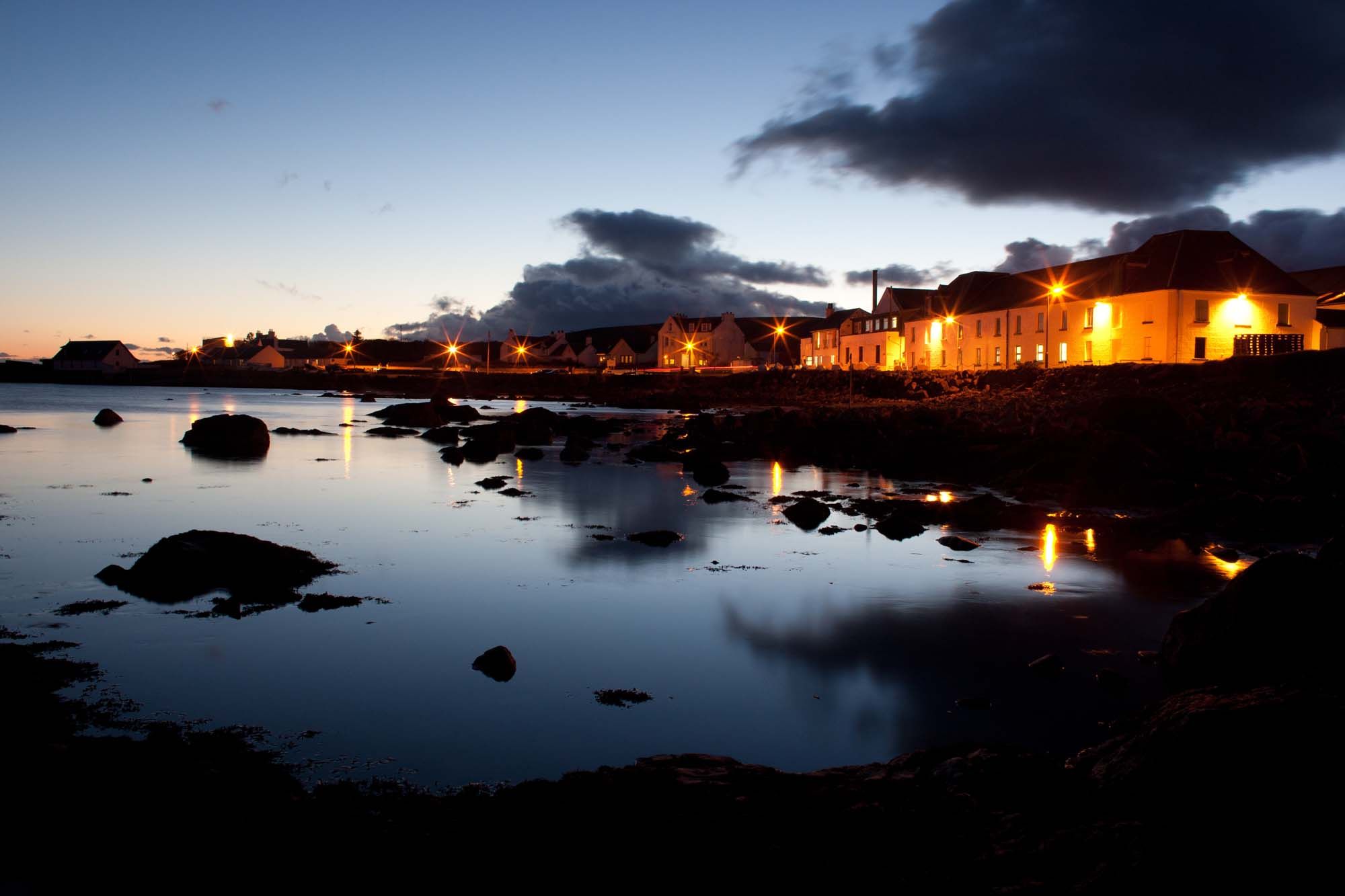Just how sustainable are the spirits we drink?
A lot of resources — environment, energy, people — go into making your booze.

A lot of spirits talk about green pastures and pristine water — about where they're made. They paint idyllic pictures, but anyone who has been inside a distillery knows that distillation is very much an industrial process. That can be beautiful, too — let’s just not kid ourselves about it. A lot of that talk is marketing.
And the marketing, more and more, is talking about sustainability. But just what does that mean — and more importantly, can you separate the actions from the talk?
Because here’s the problem: in any number of areas, from the fuel used to power the stills, to the human cost of harvesting ingredients and producing the product (including the packaging), the waste created as a result, and the way it makes it from distillery to your door, the production of spirits isn’t great for the environment.
Then again, you might ask, what is? Try as some might, we’re not going back to an agrarian, village-centric lifestyle anytime soon (barring any further new pandemics or a nuclear winter or something large falling from space and sending us out like T-Rex).
It’s not all bad news, however. Things are getting better. This is 2023, not Victorian England, and we’ve got some environmental protections in place — you can’t just go dumping your distillery waste into the local stream (at least not here in Australia). And it seems a number of distilleries have worked out that making their operations and products more ‘sustainable’ — by reducing their waste, energy use, and so on — can not only set them up for the future and reduce their costs, it might also be something their drinkers want, too.
Below, we’ll take a look at some of the envirnmental problems areas for spirits production, and a look at B Corporation certification — it's one way that distilleries are showing that not only are they committed to more ethical and sustainable processes, they're actually doing something about it.

Water and waste
Do any digging into the environmental effects of spirits production and you’ll find a stat that puts the whole enterprise into perspective: for everyone 1 litre of alcohol produced there is around 13 litres of distillery wastewater. The actual figure varies, but it’s handy guide.
One study suggests that the spent wash is the biggest component of waste in the distillery, with 11.9 litres of spent wash for every litre of alcohol distilled. Fermenter cooling and condenser cooling also contribute to wastewater, with 7.2 litres and 7.9 litres of waste per litre of alcohol distilled respectively. Heck — the bottling plant accounts for 1.3 litres of waste for every litre of alcohol produced.
Distilleries clearly use a lot of water. But the wastewater can’t just be dumped into a stream — there’s a lot of organic material in the spent wash, for instance, and that can wreak havoc in aquatic environments if it’s dumped untreated.
So what’s an enterprising distillery to do? Much of that spent wash can be repurposed as feed for livestock, and in some places — owning to the often high nitrogen content of wash — they use it to fertilise fields; this is the case for a lot of the vinasse — the residue leftover from sugarcane fermentation process for cachaca — in Brasil.
There’s also the issue of the availability of water in a changing climate. A lot of water is needed to run a distillery, and when the water source for a distillery dries up — well, that’s the distillery done. So a changing — and warming — climate might well disrupt the spirits industry in the future.
In fact it already has. Water is crucial to whiskymaking — that’s why pretty much every Scottish distillery tells you a story about the particular burn or river or private spring from which they get theirs, right? But in 2018, for some distilleries in Speyside, the water ran out thanks to unseasonably warm weather and a lack of rain — and they lost up to a month’s production in the process.
“We lost the whole of September,” said Callum Fraser of the family-run Glenfarclas distillery on the River Spey. While some whisky makers take their water from the river, Glenfarclas – which means “valley of the green grass” – has its own private water supply. “It’s a natural spring, and it was dry,” said Fraser.
Oh, and the angel’s share — well, that byproduct of distilling might not be so angelic after all.
You can usually pick the new buildings in on a distillery site — they’re the ones that don’t have black residue on their walls and and roofs. It collects wherever you find people making spirits, and in 2012 was the focus of a class action lawsuit filed by home and business owners around Louisville in Kentucky. Their target? Five distilleries in the area, with the charge of property damage and negligence.
The ‘black gunk’ is a bacteria called Baudonia, which was first named in 2007 according to this report on the case in The New York Times. It goes on to say that the fungus, which germinates on ethanol during the maturation process, has existed since the Cretaceous period, and that there is no evidence that it causes health issues in humans nor animals — but it will ruin the paint job on your car.
Energy
When it comes to global emissions, the biggest culprit is energy: whether it's energy in transport, energy use in buildings, or industrial energy use, as a grouping it accounts for more than 70 percent of greenhouse emissions.
So there are a plethora of avenues down which a distillery can reduce its energy consumption: everything from adopting energy efficient light globes, to the adoption of electrical vehicles for transport, the use of waste products to create energy, and sourcing their energy requirements from renewables.
It makes smart business sense, too: energy is one of the biggest costs a distillery bears. Firing up those stills ain't cheap.
Packaging
Packaging is one of the biggest contributors to a distillery’s carbon footprint. According to the Beverage Industry Environmental Roundtable (BIER — get it?), whose members include the world’s big distillers as well as brewers and soft drink makers, packaging can account for up to 60 percent of a beverage’s carbon emissions.
And whilst industry organisations like the Scotch Whisky Association have made efforts — and often succeeded — in reducing emissions, the consumer demand for energy-intensive packaging and premium products has meant that “average unit packaging weight has actually increased by 2.4 per cent since the 2012 base line, against a target of 10 per cent reduction by 2020.”
In France, St-Rémy Brandy [distributed in Australia by Spirits Platform, who made this story possible] is looking at packaging as one way to achieve its goal of a net zero carbon emissions by 2050. They want to reduce their carbon emissions by 50 percent before 2030, and are looking at reducing the weight of its bottles, using alternative materials — even looking at ways, long adopted by local small breweries, of adopting in-store refilling options.

What is a B Corporation?
There are over 6,000 certified B Corporations right now, and some 200-plus B corporations operating in the world of beverages. Breweries, tea and coffee producers, kombucha makers — they’re all there, and there is a smaller — but growing — number of distilleries getting certified.
A B Corporation is a company that has been certified by the non-profit network B Lab, which began in 2006. Their aim is to support an “inclusive, equitable, and regenerative economy.” But it’s not an easy, green-washing thing to get B Corporation certification. To qualify, companies must:
- Demonstrate high social and environmental performance by achieving a B Impact Assessment score of 80 or above and passing our risk review. Multinational corporations must also meet baseline requirement standards.
- Make a legal commitment by changing their corporate governance structure to be accountable to all stakeholders, not just shareholders, and achieve benefit corporation status if available in their jurisdiction.
- Exhibit transparency by allowing information about their performance measured against B Lab’s standards to be publicly available on their B Corp profile on B Lab’s website.
The B Impact Assessment takes into account governance, how a company treats its workers, how it engages with a community, its environmental management, and through the quality and ethics of its relationship with its customers.
It’s pretty wide-ranging stuff.
More and more distilleries are looking at B Corporation certification and wanting in.
Bruichladdich [distributed in Australia by Spirits Platform, who have sponsored this story] is one of the small — but growing — number of distilleries in the world to gain the B Corp certification, and it’s the first Scotch malt distillery to do so (they picked up their certification in 2020). Closer to home, the team at Applewood Distillery have achieved B Corporation Status, as have Cape Byron Distillery, and brewers Four Pines Brewing Company and Stone & Wood.
It’s not just for smaller scale companies, either. The behemoth that is Bailey’s recently achieved B Corporation certification, as has bourbon distillery Maker’s Mark.
Timeline of B Corporation certification — some local and international brands you’ll know
- Stone & Wood Brewing Company (August 2016)
- Four Pines Brewing Company (January 2017)
- Team Unico, Applewood Distillery (August 2019)
- Bruichladdich Distillery (May 2020)
- Sipsmith (May 2021)
- Maker’s Mark Distillery (December 2021)
- Avallen Spirits (January 2022)
- Cape Byron Distillery (February 2022)
- Warners Distillery (August 2022)
- Altos Planos, makers of Mijenta Tequila (August 2022)
- Bailey’s (October 2022)
Want to learn more?
This explainer was made possible by Spirits Platform’s Spirits Academy. Their team of ambassadors conduct trainings around the country, sharing their in-depth knowledge of spirits, cocktails, and their big portfolio of products.
Get in touch with your Spirits Platform ambassador for your state to find out more.
National Ambassador Manager: Mark Hickey — email him on mhickey@spiritsplatform.com.au
National Ambassador (Tia Maria, Disaronno, Busker): Danilo Migliorini — email him on dmigliorini@spiritsplatform.com.au
NSW, ACT: Josh Varna — email him on jvarna@spiritsplatform.com.au
QLD, NT: Jack Creighton — email him on jcreighton@spiritsplatform.com.au
VIC, TAS: Max Borrowman — email him on mborrowman@spiritsplatform.com.au

